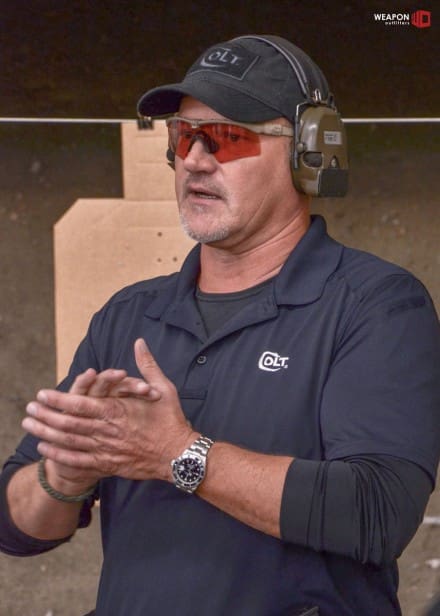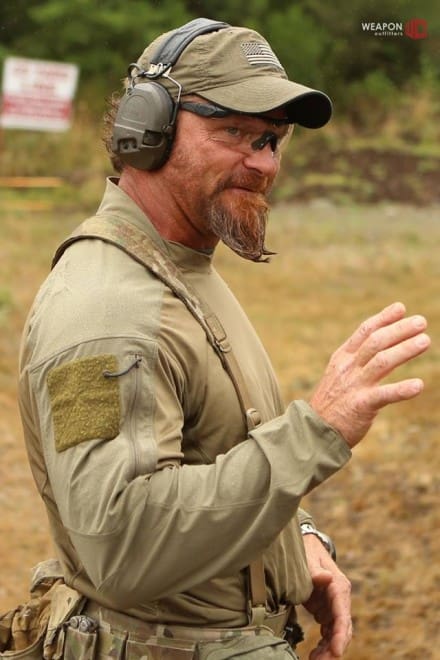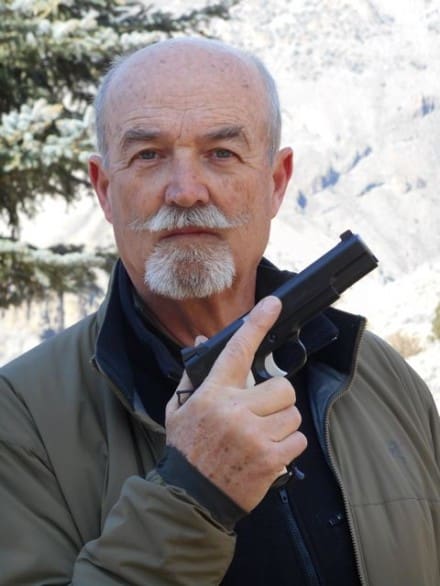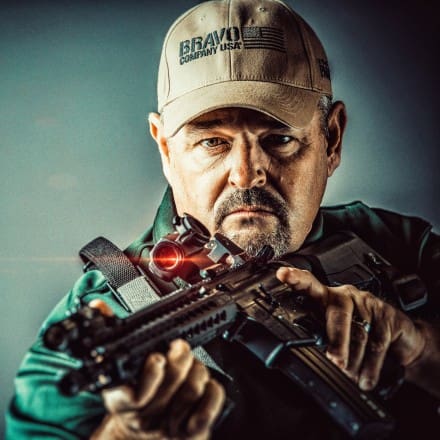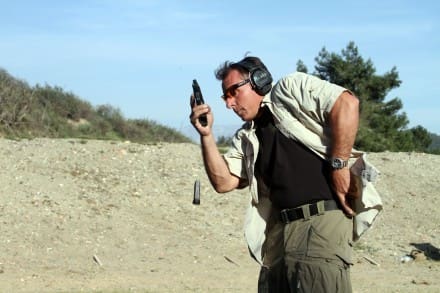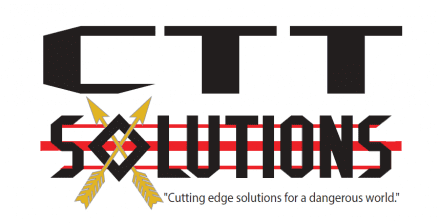I haven’t given up on you if I have stopped correcting you on something that you continue to get wrong. Some folks take longer than others due to a lack of hand and eye coordination or having a “Training scar”, which is muscle memory built in by doing something incorrectly and repeatedly over a long period of time. We have to move on, so as long as it’s not a safety concern, the person struggling with a bad habit will need to put their own time in and work on it themselves to undo their “Training scar”. Breaking a bad habit is easier said than done. You may have heard that women are good marksmanship students, which is because they begin with zero experience therefore they have zero bad habits. Perform the perfect repetition to develop the perfect muscle memory. It’s that simple!
An example is trying to fix someone’s grip after they have used the wrong grip for several years. Backward thumbs may feel stronger because you have used it for years and you may even experience a decline in performance at first, but just keep working for that perfect grip and one day it will feel right…Which is usually after they start holding tighter with the non-firing hand.
Some shooting skills can be developed without going to the range such as “Dry firing” while working on your grip. Training with an empty gun doesn’t sound sexy, but I believe it is very under rated, especially for beginners…Darwin note; please keep ammo separate when “Dry firing”.
“When the student is ready, the master will appear”.
– Buddhist Proverb
Respectfully, Daryl Holland
Daryl Holland is a retired U.S. Army Sergeant Major with over 20 years of active duty experience, 17 of those years in Special Operations. Five years with the 1st Special Forces Group (SFG) and 12 years in the 1st SFOD-Delta serving as an Assaulter, Sniper, Team Leader, and OTC Instructor.
He has conducted several hundred combat missions in Afghanistan, Iraq, Bosnia, Philippines, and the Mexican Border. He has conducted combat missions in Afghanistan’s Hindu Kush Mountains as a Sniper and experienced Mountaineer to the streets of Baghdad as an Assault Team Leader.
He has a strong instructor background started as an OTC instructor and since retiring training law abiding civilians, Law Enforcement, U.S. Military, and foreign U.S. allied Special Operations personnel from around the world.
Gunfighter Moment is a weekly feature brought to you by Alias Training & Security Services. Each week Alias brings us a different Trainer and in turn, they offer some words of wisdom.


